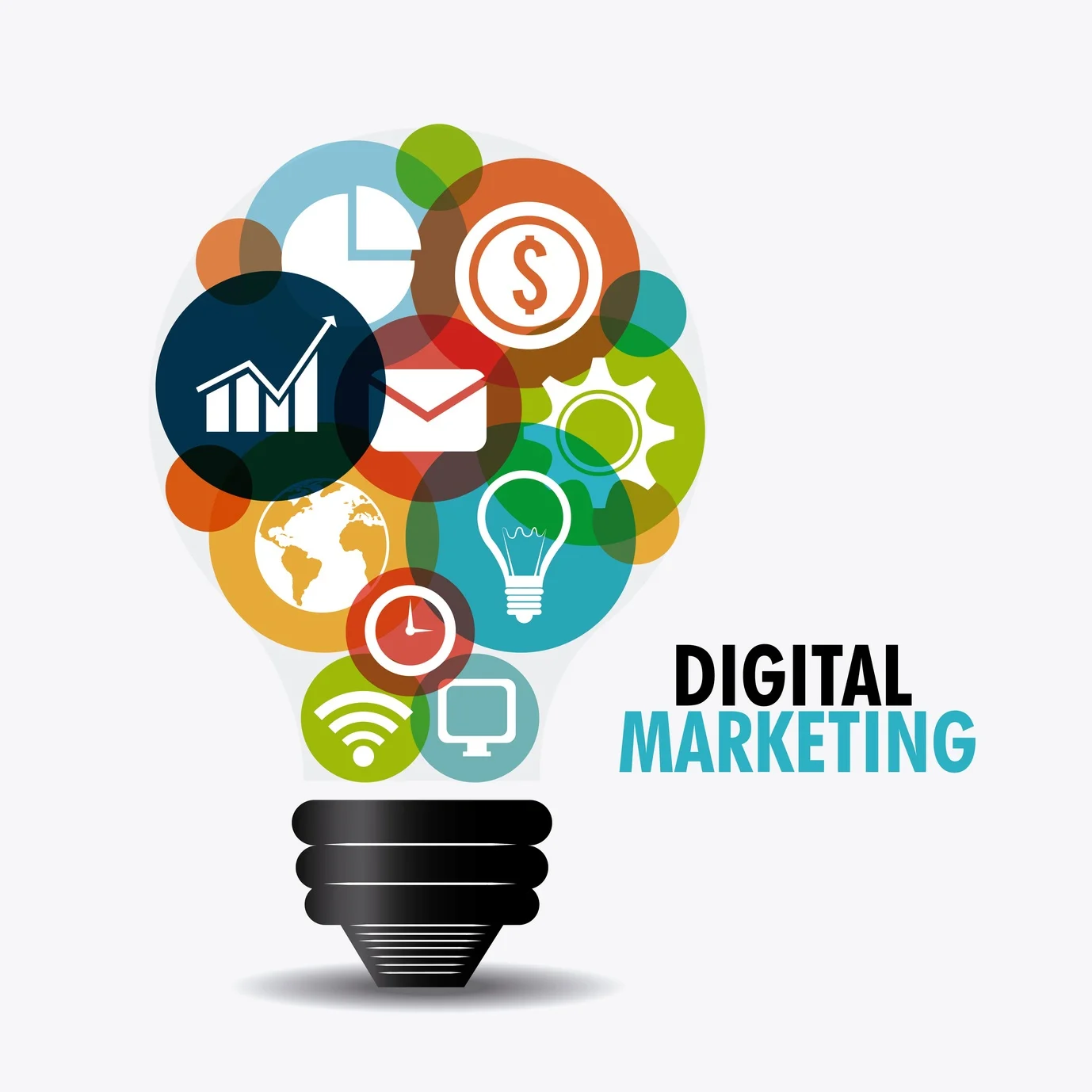In the ever-evolving landscape of digital marketing, email remains a powerful tool for reaching your audience and driving conversions. However, sending generic emails to your entire list is like throwing a net into the ocean and hoping to catch the fish you want.
A more effective approach involves segmenting your email list – dividing it into smaller, more targeted groups based on specific criteria. This allows you to tailor your messages to the unique interests and needs of each segment, resulting in higher open rates, click-through rates, and ultimately, better ROI.
Why is Email List Segmentation Important?
* Increased Engagement: When recipients receive relevant messages, they are more likely to engage with them. This translates to higher open rates, click-through rates, and lower unsubscribe rates.
* Improved Deliverability: Email service providers (ESPs) prioritize emails that are relevant and engaging. By segmenting your list, you can improve your email deliverability and reduce the chances of your emails landing in spam folders.
* Enhanced Customer Relationships: Personalized messages demonstrate that you understand your customers and value their time. This builds stronger relationships and fosters loyalty.
* Boosted Conversions: Targeted messages are more likely to drive conversions, whether it’s making a purchase, signing up for a webinar, or completing a form.
* Better ROI: By optimizing your campaigns for specific segments, you can achieve a higher return on your email marketing investment.
Key Criteria for Segmenting Your Email List
* Demographics:
* Age: Tailor your messages to the preferences and interests of different age groups.
* Gender: Customize your messaging and product recommendations based on gender.
* Location: Target local offers and events to specific geographic regions.
* Occupation: Segment your list based on profession to deliver relevant content and promotions.
* Education Level: Adjust your messaging and tone to match the educational background of your audience.
* Behavior:
* Purchase History: Segment customers based on their past purchases to recommend relevant products or upsell opportunities.
* Website Activity: Track website interactions such as page views, time spent on site, and abandoned carts to personalize future communications.
* Engagement with Previous Emails: Analyze open rates, click-through rates, and bounce rates to identify highly engaged subscribers.
* Social Media Activity: Segment based on social media interactions, such as likes, comments, and shares.
* Psychographics:
* Interests: Segment your list based on customer interests, such as hobbies, lifestyle, and passions.
* Values: Target messages that align with your audience’s values, such as sustainability, social responsibility, or quality.
* Lifestyle: Tailor your messaging to different lifestyles, such as families, professionals, or retirees.
* Buying Behavior: Segment based on buying habits, such as impulse buyers, bargain hunters, or loyal customers.
* Engagement:
* Open Rates: Segment based on open rates to identify your most engaged subscribers.
* Click-Through Rates: Target segments with high click-through rates to deliver more relevant content.
* Bounce Rates: Remove inactive subscribers from your list to improve deliverability and reduce costs.
* Unsubscribe Rates: Identify segments with high unsubscribe rates to analyze their behavior and improve future campaigns.
Tools and Techniques for Email List Segmentation
* Customer Relationship Management (CRM) Systems: CRMs like Salesforce, HubSpot, and Pipedrive provide powerful tools for segmenting your email list based on various criteria.
* Email Marketing Platforms: Platforms like Mailchimp, Constant Contact, and ActiveCampaign offer built-in segmentation features and allow you to create custom segments based on your specific needs.
* Website Analytics: Tools like Google Analytics can provide valuable insights into website visitor behavior, which can be used to segment your email list.
* Surveys and Polls: Conduct surveys and polls to gather information about your audience’s interests, preferences, and needs.
* A/B Testing: Experiment with different subject lines, content, and calls to action for different segments to determine what resonates best with each group.
Best Practices for Email List Segmentation
* Start with a Clear Strategy: Define your segmentation goals and identify the key criteria that will help you achieve them.
* Keep it Simple: Begin with a few key segments and gradually expand your segmentation strategy as you gain more data and experience.
* Clean Your List Regularly: Remove inactive subscribers and invalid email addresses to improve deliverability and reduce costs.
* Personalize Your Messages: Use dynamic content to personalize your messages with the recipient’s name, purchase history, and other relevant information.
* Monitor and Analyze: Track the performance of your segmented campaigns and make adjustments as needed to optimize your results.
* Comply with Data Privacy Regulations: Ensure that you comply with relevant data privacy regulations, such as GDPR and CCPA, when collecting and using customer data.
Examples of Segmented Email Campaigns
* Welcome Emails: Send personalized welcome emails to new subscribers based on their interests or how they subscribed.
* Birthday Emails: Send special birthday offers and discounts to celebrate your customers’ birthdays.
* Abandoned Cart Emails: Remind customers about items they left in their shopping carts and offer incentives to complete their purchase.
* Product Recommendations: Recommend relevant products or services based on past purchases or browsing history.
* Re-engagement Campaigns: Re-engage inactive subscribers with exclusive offers, personalized content, or a simple request to confirm their subscription.
Conclusion
Segmenting your email list is a crucial step in optimizing your email marketing efforts. By tailoring your messages to the specific needs and interests of each segment, you can improve engagement, drive conversions, and build stronger relationships with your customers.
By implementing the strategies and best practices outlined in this article, you can unlock the full potential of email marketing and achieve your business goals.
Disclaimer: This article is for informational purposes only and should not be considered legal or financial advice.
